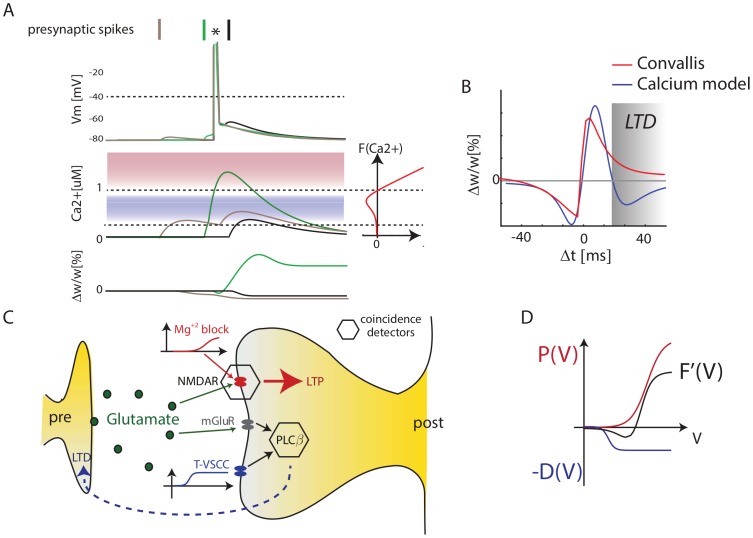Figure 7. The Convallis rule is inconsistent with the Calcium Hypothesis but consistent with a dual-sensor model.
(A) Illustration of the calcium hypothesis. In this scheme, the direction of synaptic plasticity depends on calcium concentration, with high concentrations leading to LTP and lower concentrations leading to LTD. The calcium hypothesis predicts that short pre-post pairings produce LTP (green), short post-pre pairings predict LTD (black), but unlike the Convallis also predicts that long pre-post pairings should produce LTD (gray). (B) Triphasic STDP curve predicted by the Calcium hypothesis, set against prediction of the Convallis rule. (C) Hypothesized cellular mechanism for Convallis rule. LTP is induced by coincidence detection via an NMDA receptor, requiring glutamate and strongly depolarized membrane potential. LTD is induced by a separate coincidence detector with a lower voltage threshold, in which activation of phospholipase C requires coincident activity of group I metabotropic glutamate receptors and T-type (low threshold) calcium channels. (D) Summation of the voltage-dependence curves for high-threshold potentiation and low-threshold depression gives the
requires coincident activity of group I metabotropic glutamate receptors and T-type (low threshold) calcium channels. (D) Summation of the voltage-dependence curves for high-threshold potentiation and low-threshold depression gives the  function of the Convallis rule.
function of the Convallis rule.

